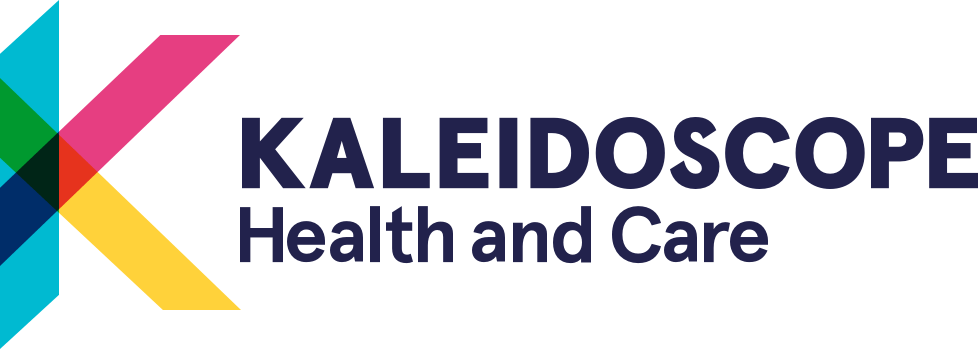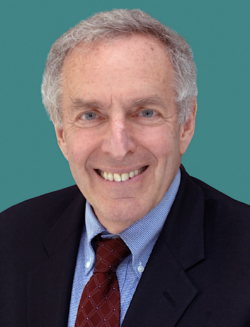Using a logic model is more than logical, it is essential
Improving healthcare outcomes is a slow process. Don Goldmann argues that’s because quality improvement programmes often suffer from a lack of a strong causal theory. They need logic models.
The quality agenda keeps expanding and getting more ambitious. The Triple Aim was bold – better patient experience and outcomes, improved population health, and affordable cost. Now some improvement organisations are promoting the quadruple or even quintuple aim, including equity and/or joy in work.
More recently, we’ve been urged to incorporate climate action and do our work with love and empathy in co-production with the people we serve. These are aspirational aims, crafted in uncertain, difficult times, in which the challenges should be clear to see.
Quality improvement leaders tell us that we need such ‘stretch’ aims to galvanise our work. This seems reasonable, but perhaps this is a good time to reflect on how much progress we have actually made in addressing the original, seminal Triple Aim.
We are trying to transform very complex dynamic systems that are riddled with structural hurdles, fiscal constraints, and difficult policy choices.
Where and for whom has the Triple Aim been achieved? Do we have a graph showing how much progress the healthcare delivery and public health communities have made? Yes, there have been incremental improvements in some places for some people, but which health care delivery system, region, or country can display a graph demonstrating dramatic progress at-scale? Are the problems we are trying to solve too intractable? Too complex? Are the aims bold but unrealistic?
A fundamental tenet of improvement science is to set specific, quantitative aims – how much, by when, for whom. But it seems that we are more comfortable setting aims for improvement projects than for the large programs required to achieve the overall triple, quadruple, quintuple or any overarching set of aims.
A never-ending story
Let’s acknowledge that we are trying to transform very complex dynamic systems that are riddled with structural hurdles, fiscal constraints, and difficult policy choices. It is tempting to bemoan – even wallow in – this complexity. I am reminded of Artax, the heroic horse who is unable to move forward in the Swamp of Sadness in The NeverEnding Story, leaving Atreyu to continue his journey alone. I don’t sense true nihilism (‘The Nothing’ in The NeverEnding Story), but we do need to accelerate the pace and scale of improvement if we want to inspire and engage an overburdened workforce.
Despite the promise (and frankly hype) of AI, I don’t think it’s our Bastian. And as important as small iterative ‘tests of change’ are in real-world improvement, we are not likely to PDSA our way to our aspirational goals without the explicit, rigorous strategic plans that are so often missing in improvement programmes.
Hope is not a plan
As one of the most inspirational leaders of the quality improvement movement, Carol Haraden, has said, ‘hope is not a plan.’ Is it possible that our progress is so slow because our planning has not been sound? How many of our projects and programs have a clear, well articulated causal theory aka a theory of change or programme theory?
I vividly recall a lament by Kaveh Shojania, former Editor of the British Journal of Quality and Safety, at a pediatric improvement science meeting. He said that he had personally reviewed hundreds of papers for the Journal but could count on two hands the number that had a clear theory of change. To paraphrase, he said that most authors state that they did x, y, and z, and then magic happened.
…if one is trying to use scientific improvement methods to address equity in Tower Hamlets, or climate change in the NHS, or care of diabetes in India, there better be a clear theory.
To be clear, one does not need to spend a lot of time articulating a causal theory for a straightforward local improvement project such as adopting a CLABSI bundle in an intensive care unit. But if one is trying to use scientific improvement methods to address equity in Tower Hamlets, or climate change in the NHS, or care of diabetes in India, there better be a clear theory.
Of course, a theory is just the scaffolding on which the strategy, tactics, and logistics of a program is built. A logic model provides a standardised, comprehensive way to display a programme plan. I am surprised how infrequently I encounter logic models in quality improvement. Yes, there are ‘driver diagrams’ that attempt to display key changes that improvers predict will lead to the outcome they hope to achieve, but driver diagrams generally do not distinguish between what will be implemented and how it will be implemented. Key elements of a logic model almost never appear in a driver diagram.
Logical alignment
If well prepared, a logic model promotes alignment between designers, implementers, and evaluators and specifies not only what will be implemented, but also how it will be implemented.
It includes: a quantitative aim (how much, by when, for whom); inputs (e.g., resources, partnerships); the context in which the program will be implemented; assumptions (e.g., leadership buy in and alignment; organisational readiness and capability); external influences (e.g., changes in public policy); activities and their predicted outputs; implementation outcomes (e.g., acceptability, feasibility, fidelity, reach); short term outcomes (usually processes linked to desired outcomes, such as hypertension screening and treatment); and longer term outcomes (e.g., blood pressure control and eventually reduced risk of myocardial infarction and stroke).
If you want to know more, tune into Kaleidoscope’s online event on 23 May for practical advice on how to build your own logic model. And take a look at The NeverEnding Story movie – let’s build a Fantasia together without relying on ‘magic.’


Comments